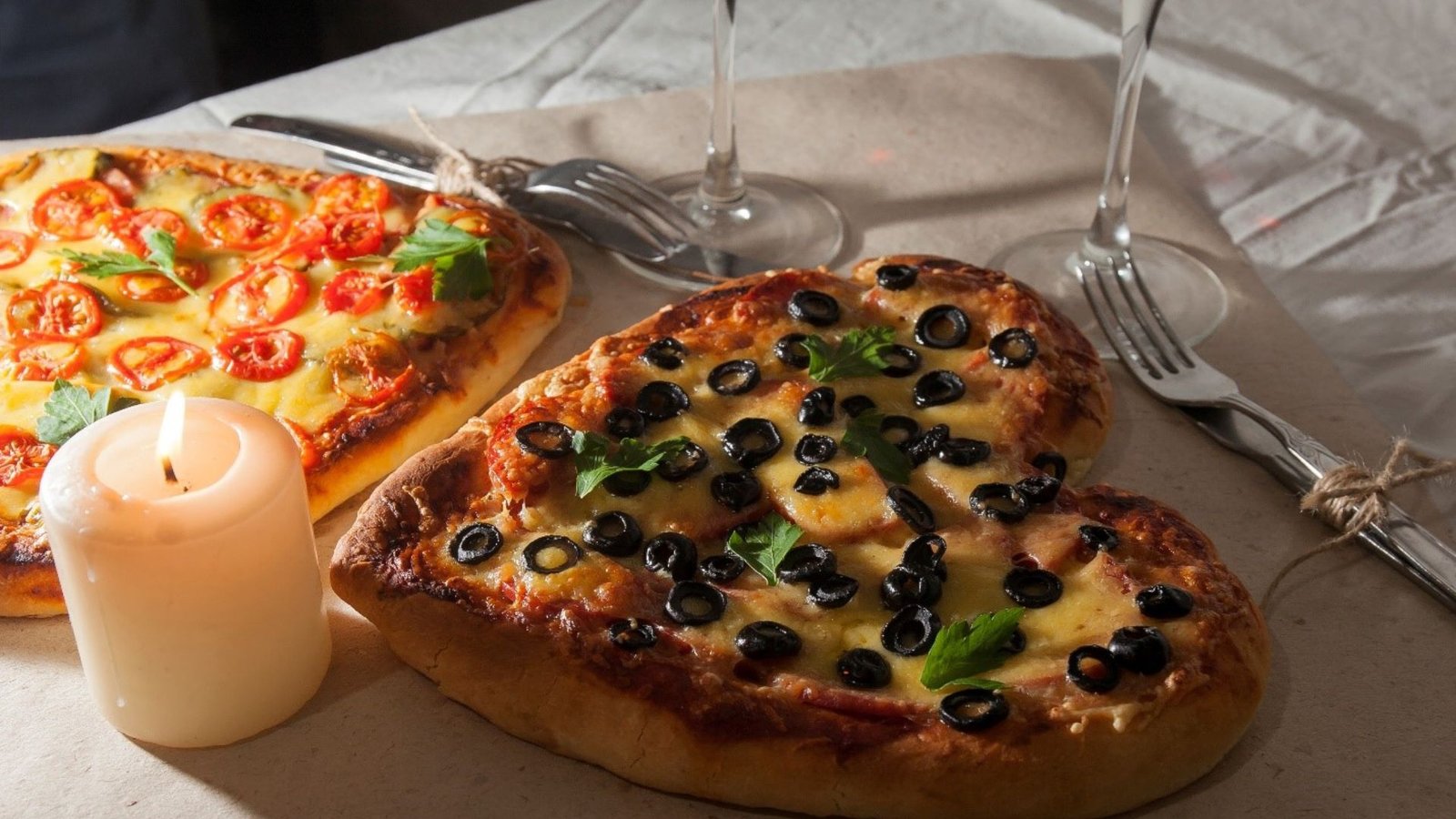The Marinara pizza is a culinary classic that epitomizes simplicity, relying on a handful of high-quality ingredients to create a burst of authentic Italian flavors. This article explores the origins, traditional ingredients, cultural significance, and preparation of the Marinara pizza, highlighting its rich history and enduring popularity in Italian cuisine.

Origins and History
The Marinara pizza has deep roots in Naples, Italy, where it originated as a staple dish among the city’s working-class population in the 18th century. The name “Marinara” comes from “marinaro,” meaning sailor in Italian, suggesting its association with Neapolitan sailors who frequented local pizzerias. Originally, it was a straightforward and affordable meal that provided sustenance for fishermen and sailors returning from the sea.
Historical Significance
Unlike its more elaborate counterparts like the Margherita or Quattro Stagioni, the Marinara pizza was historically known for its simplicity. Its primary ingredients—tomato sauce, garlic, oregano, and olive oil—reflect the availability of basic pantry staples in Naples at the time. This pizza was baked quickly in wood-fired ovens, making it accessible and convenient for a quick meal.
Traditional Ingredients
Pizza Dough
The foundation of a Marinara pizza is its dough, which should be:
- Italian 00 Flour: Approximately 300 grams (about 2 1/2 cups).
- Water: Approximately 200 milliliters (about 3/4 cup), adjusted for dough consistency.
- Yeast: About 7 grams (1 packet or 2 1/4 teaspoons) of active dry yeast.
- Salt: 1 teaspoon, enhancing the dough’s flavor and regulating yeast activity.
- Extra Virgin Olive Oil: 1 tablespoon, adding richness and enhancing dough elasticity.
Toppings
- Tomato Sauce: San Marzano tomatoes, crushed and seasoned with salt and extra virgin olive oil.
- Garlic: Fresh garlic cloves, thinly sliced or minced for a pungent kick.
- Oregano: Dried oregano, sprinkled over the sauce for herbal flavor.
- Extra Virgin Olive Oil: Drizzled over the pizza before baking for added richness and flavor.
Preparation and Cooking
Step-by-Step Guide
- Prepare the Dough: Activate the yeast by combining lukewarm water, sugar, and yeast. Let it sit until foamy. Mix with flour, salt, and olive oil until a smooth dough forms. Let it rise for 1-2 hours.
- Preheat the Oven: Place a pizza stone or baking sheet in the oven and preheat to the highest temperature possible (usually around 500-550°F or 260-290°C) for at least 30 minutes.
- Shape the Dough: Punch down the risen dough and divide it into portions. Shape each portion into a round or oval shape on a floured surface, about 12 inches (30 cm) in diameter.
- Assemble the Pizza: Transfer the dough to a piece of parchment paper. Spread the tomato sauce evenly over the dough, leaving a small border around the edges. Scatter minced garlic over the sauce, followed by a sprinkle of dried oregano. Drizzle with extra virgin olive oil.
- Bake the Pizza: Carefully slide the pizza (on parchment paper) onto the preheated pizza stone or baking sheet. Bake for 8-10 minutes, or until the crust is golden brown and crispy, and the sauce is bubbling.
- Finish and Serve: Remove from the oven and let it cool slightly. Optionally, drizzle with more extra virgin olive oil and sprinkle with fresh basil leaves or red pepper flakes before slicing and serving.
Cultural Significance
Symbol of Tradition and Simplicity
The Marinara pizza symbolizes the essence of Neapolitan culinary tradition—simple yet flavorful, emphasizing the quality of ingredients and skillful preparation. It has become a cultural icon in Naples and beyond, representing authenticity and heritage in Italian cuisine.
Economic and Social Importance
Historically affordable and accessible, the Marinara pizza remains a favorite among locals and tourists alike. Its popularity has contributed to the growth of pizzerias worldwide, showcasing Italian craftsmanship and culinary expertise.
Conclusion
In conclusion, the Marinara pizza stands as a testament to Italy’s culinary heritage, celebrated for its simplicity, rich flavors, and cultural significance. From its humble origins in Naples to its global popularity today, this pizza continues to captivate taste buds and inspire chefs worldwide. Embrace the tradition of the Marinara pizza, savor its authentic flavors, and appreciate its role in preserving Neapolitan culinary traditions for generations to come. Whether enjoyed in a rustic trattoria in Naples or recreated at home, the Marinara pizza invites you to experience the timeless charm of Italian cuisine in its purest form.




